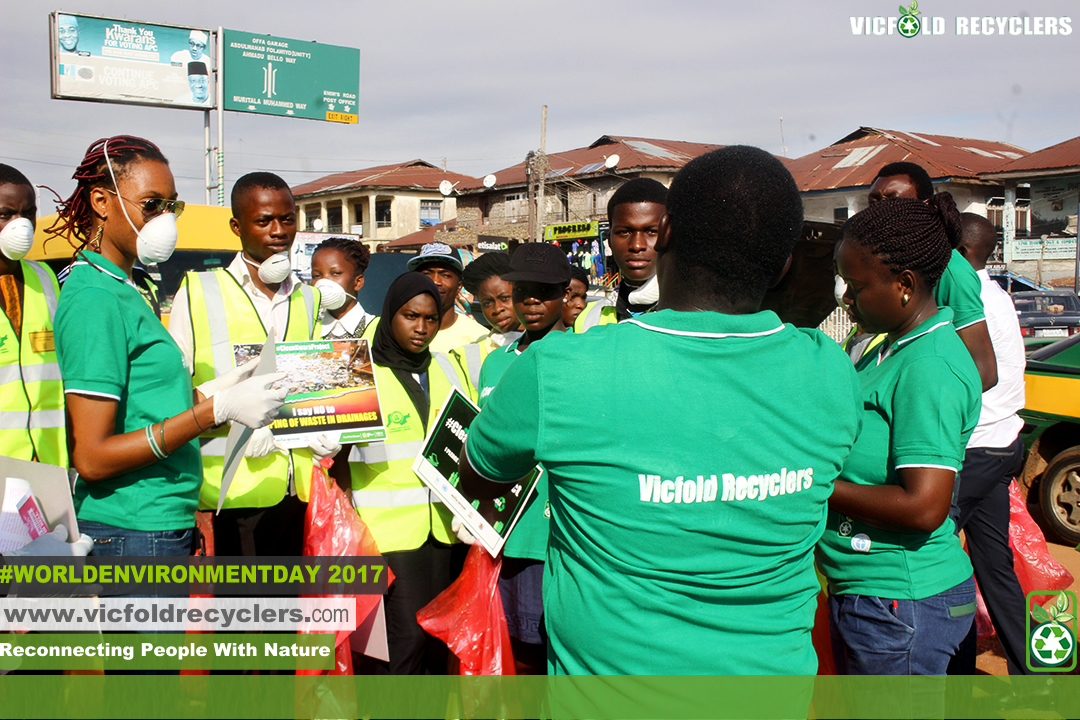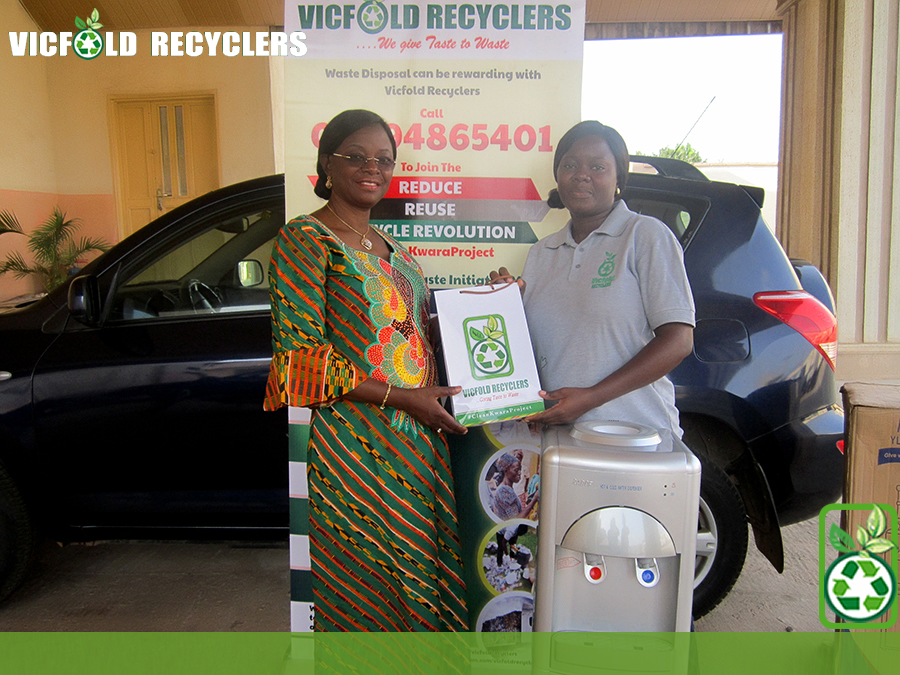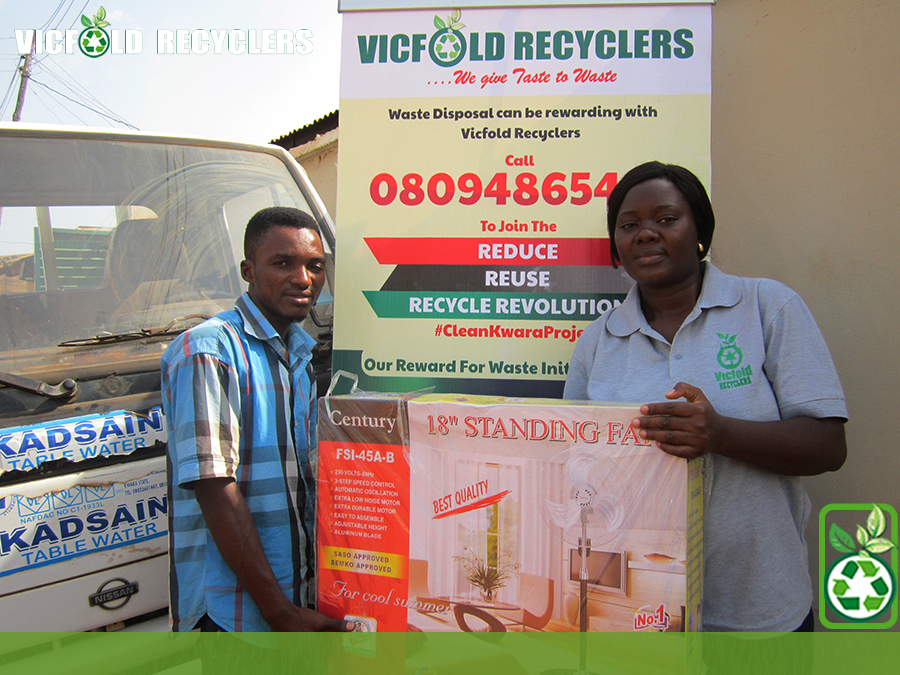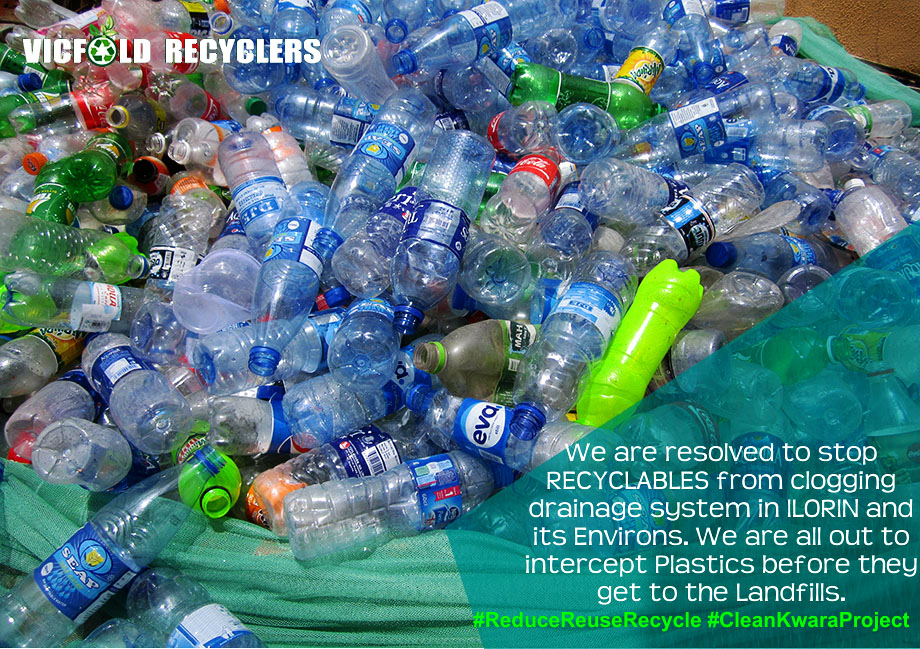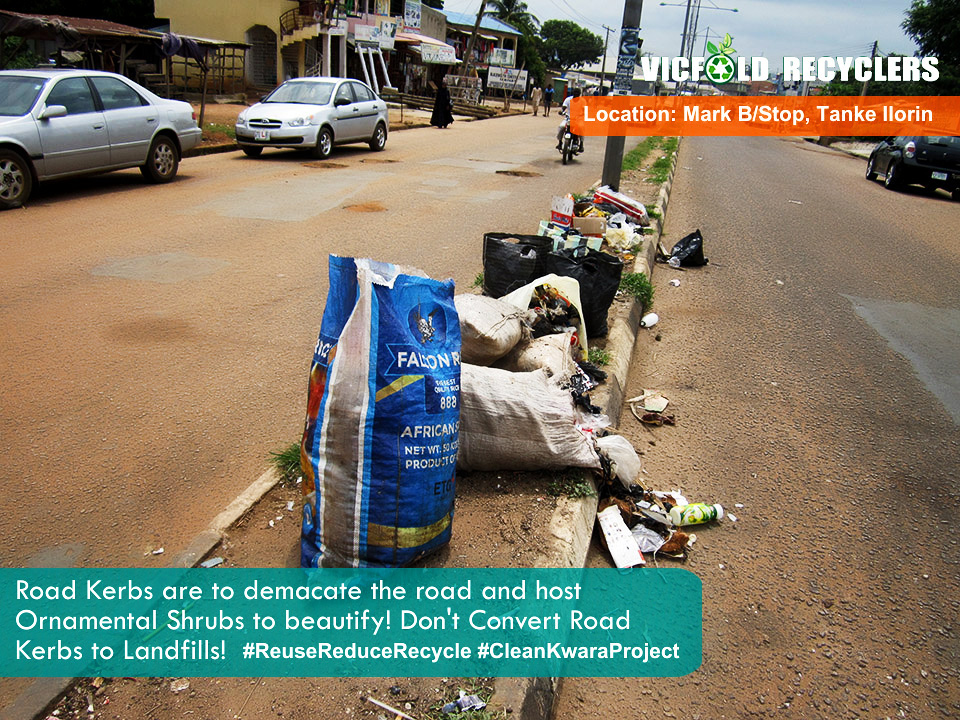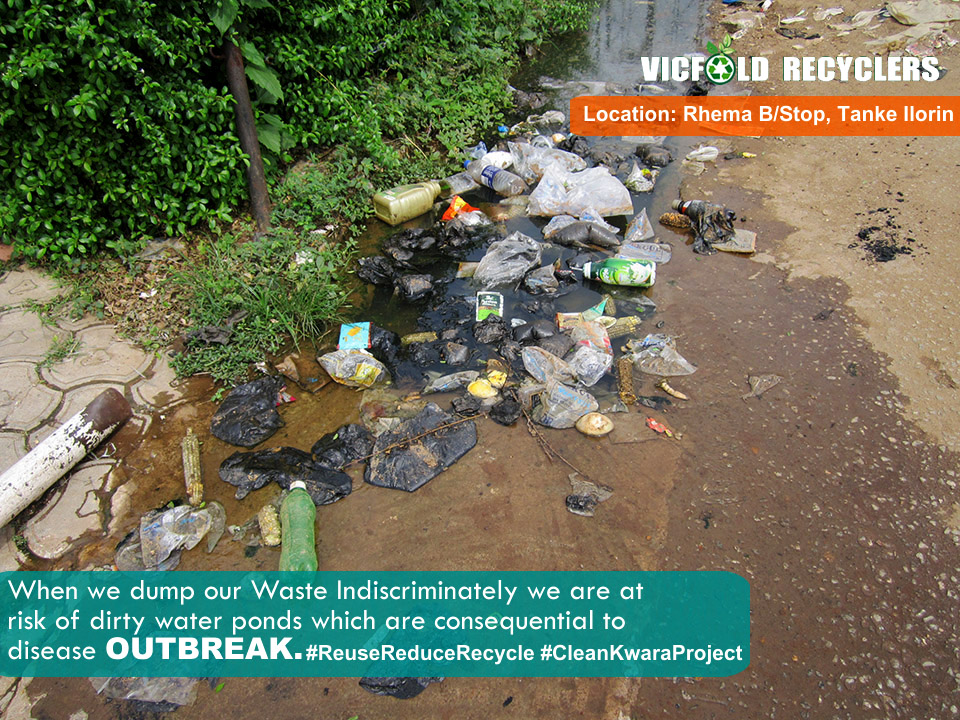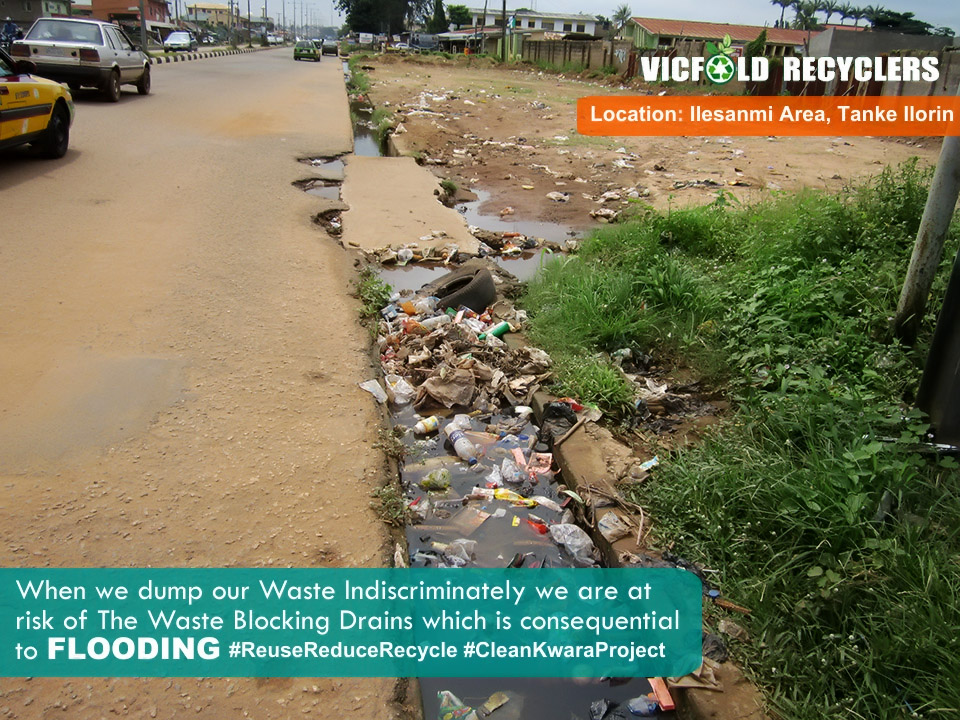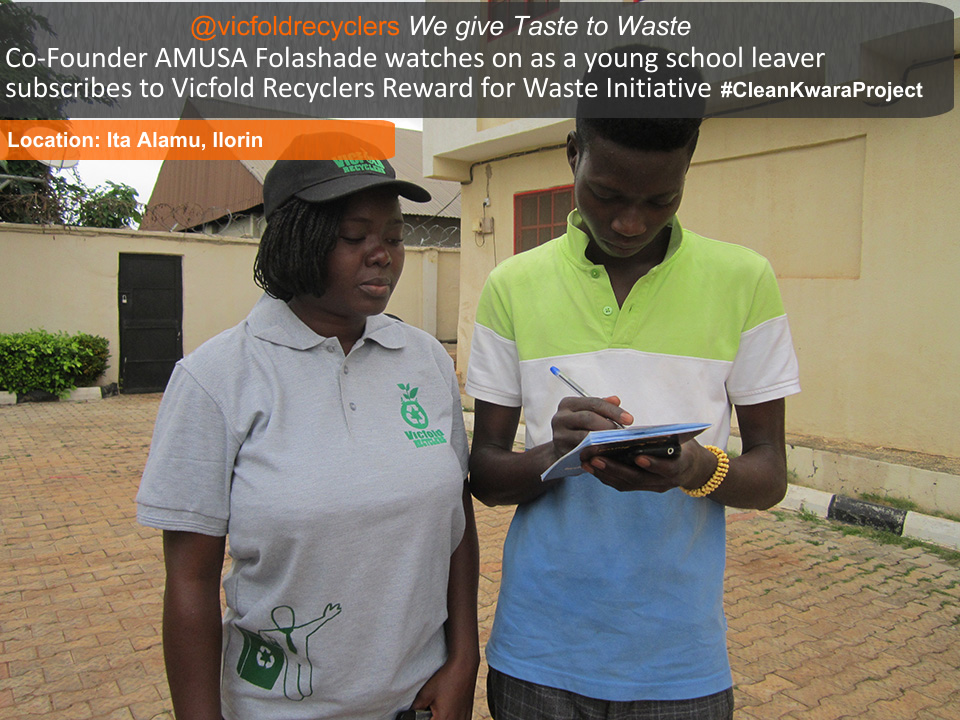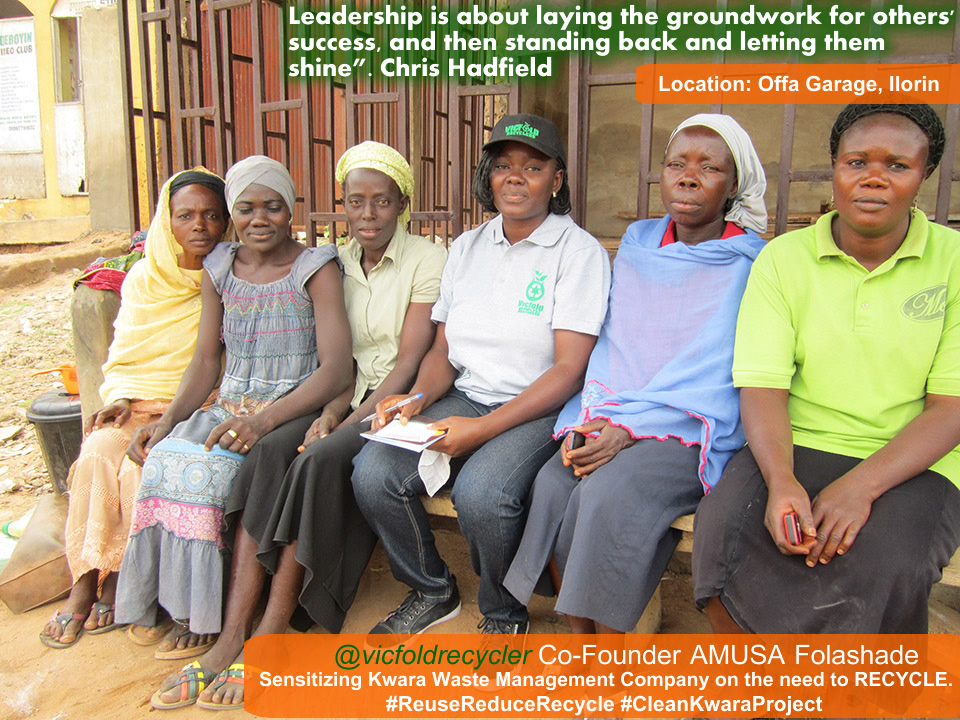- By WECF
- Posted On 2016/08/16
Effects of Waste Burning
Most people who burn their plastic domestic waste does not realize how harmful this practice is to their health
and to the environment. Current research indicates that backyard-burning of waste is far more harmful to our health than previously thought. It can increase the risk of heart disease, aggravate respiratory ailments such as asthma and emphysema, and cause rashes, nausea, or headaches, damages in the nervous system, kidney or liver, in the reproductive and development system.
The
burning of polystyrene polymers - such as foam cups, meat trays, egg
containers, yogurt and deli containers - releases styrene. Styrene gas
can readily be absorbed through the skin and lungs.
At high levels
styrene vapor can damage the eyes and mucous membranes. Long term
exposure to styrene can affect the central nervous system, causing
headaches, fatigue, weakness, and depression.
Not only these people who are burning the waste is exposed to these pollutants, but also their neighbors, children and families.
Burning of plastics and waste
Surveys
show that home burning of waste is widespread across rural areas
all-over the world. Waste is either burned outside in the yard or
garden, or inside in ovens. Waste that is burned can include paper,
cardboard, food scraps and plastics, — essentially any
materials that would otherwise be recycled or picked up by a waste collection company.
Air emissions from home burning are released directly into the house or the atmosphere without being treated or filtered.
Why People Burn their Plastics and Other Waste
Backyard
and inside burning of plastics and other domestic waste is common in
many countries in the world. People burn plastics for various
reasons—either
because it is easier than hauling it to the local
disposal site or to avoid paying for regular waste collection service,
or – as there exists no municipal waste service
– because it is the
only way that many rural people have to get rid of their waste.
Particularly in Sub-Sahara Africa, rural municipalities do not have
waste
collection and disposal services. Indoor plastic burning is often
practiced in areas with a low economical level and where citizens use
own stoves
for cooking and heating, Many plastics burns very easily
and have a high potential of energy. Stoves are fired with plastics:
expensive wood is saved and the
garbage is reduced.
How burning of plastics and other waste harms the environment?
Pollutants
released from burning plastic waste in a burn barrel are transported
through the air either short or long distances, and are then deposited
onto land
or into bodies of water. A few of these pollutants such as
mercury, polychlorinated biphenyls (PCBs), dioxins and furans persist
for long periods of time in the environment and have a tendency to
bio-accumulate which means they build up in predators at the top of the
food
web. Bioaccumulation of pollutants usually occurs indirectly through
contaminated water and food rather than breathing the contaminated air
directly.
In wildlife, the range of effects associated with these
pollutants includes cancer, deformed offspring, reproductive failure,
immune diseases and subtle neurobehavioral effects. Humans can be
exposed
indirectly just like wildlife, especially through consumption of contaminated fish, meat and diary products.
Dioxin emissions from plastic burning
The
most dangerous emissions can be caused by burning plastics containing
organochlor-based substances like PVC. When such plastics are burned,
harmful quantities of dioxins, a group of highly toxic chemicals are
emitted. Dioxins are the most toxic to the
human organisms. They are
carcinogenic and a hormone disruptor and persistent, and they accumulate
in our body-fat and thus mothers give it directly to their babies via
the placenta. Dioxins also settle on crops and in our waterways where
they eventually wind up in our food, accumulate in our bodies and are
passed on to our children.
What people can do?
Separate plastics –
separate plastic waste from other waste. Do not burn any plastics in your yard or house.
Reduce waste –
Buy products that can be reused or refilled (glass and
metal containers)
Compost –
Yard clippings, leaves, and food can be easily composted in your backyard
Recycle –
Demand your municipality to organize recycling of paper, glass and metals.
Return plastics to producer – bring your plastic waste
back to the shop and ask it to be returned to the producer for recycling.
Don’t burn plastics in your garden or in your house!
"Most people who burn their plastic domestic waste does not realize how harmful this practice is to their health and to the environment. "
Comments
Post a Comment
Latest Posts
-
Youth Participation In Volunteerism; Increasing Skills aimed at achieving the SDGs
Posted On 2019/07/17Considering this analogy; a 22-year-old graduate that needs a job which prerequisite requires 3 years of experience, how would such individual go about the condition of hiring?
-
CREP4Campus; Women & Youth Empowerment - One woman and one youth at a time!
Posted On 2019/07/17The #responsibility of delivering #socialimpact to the #planet & the #people is on all - #government & #citizens alike.
-
A Call for more robust German-African exchange in sustainability
Posted On 2018/09/11Right from the sky the beauty of renewable energy installations like solar farms and wind mills is indeed a pleasure to behold. Not to mention the consciousness of Germans to actively participate ...
-
Promoting Women and Youth Inclusion in Eco-Sustainability
Posted On 2018/09/11100% Free Hands-On Training for Girls and Young Female Unemployed Graduates tagged The #RENEWABLES.



